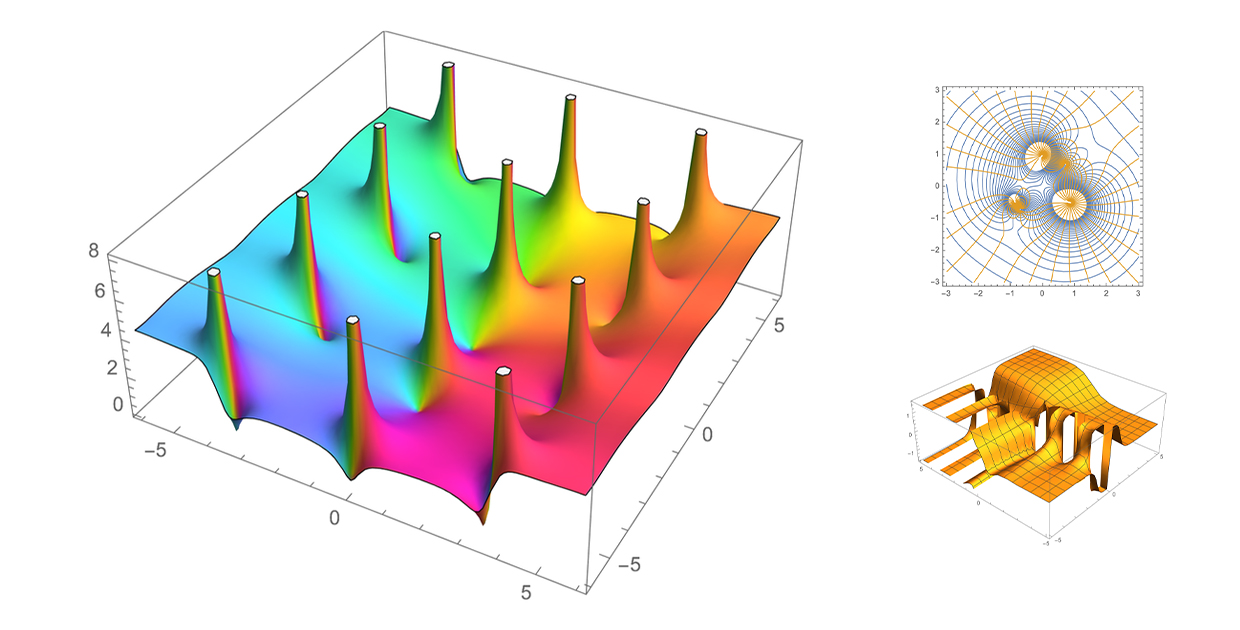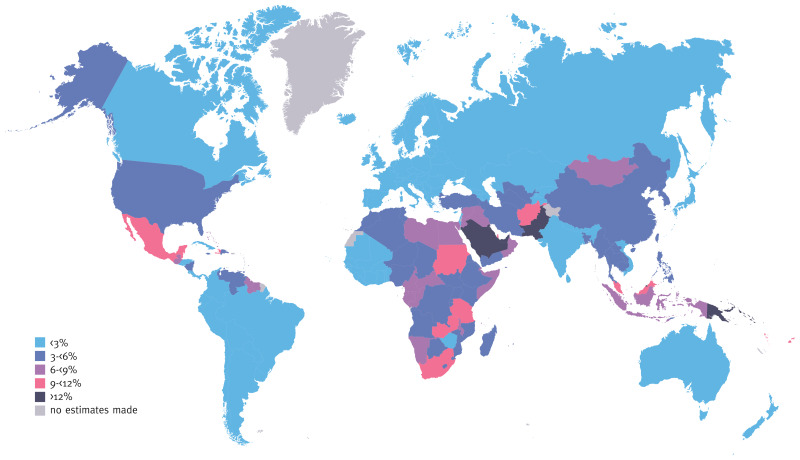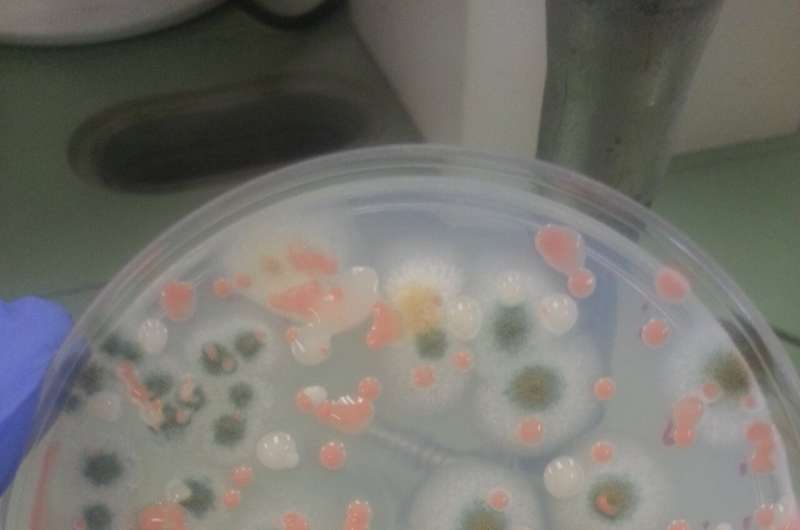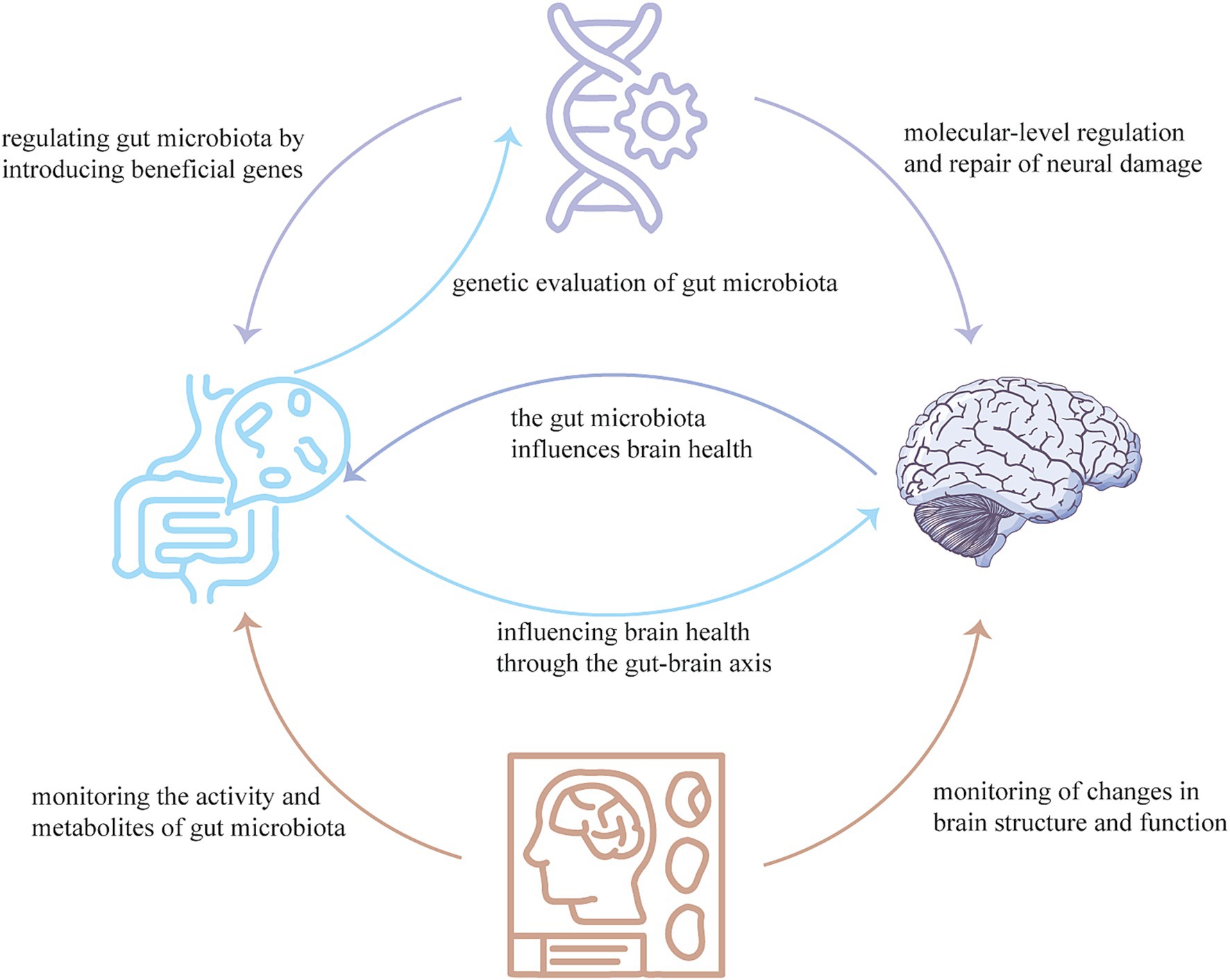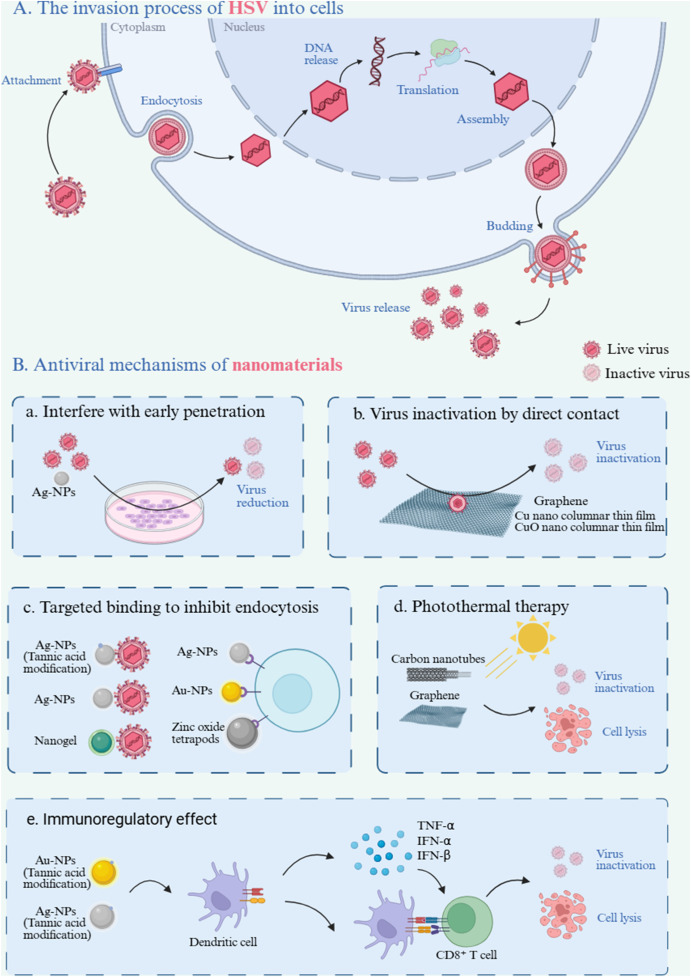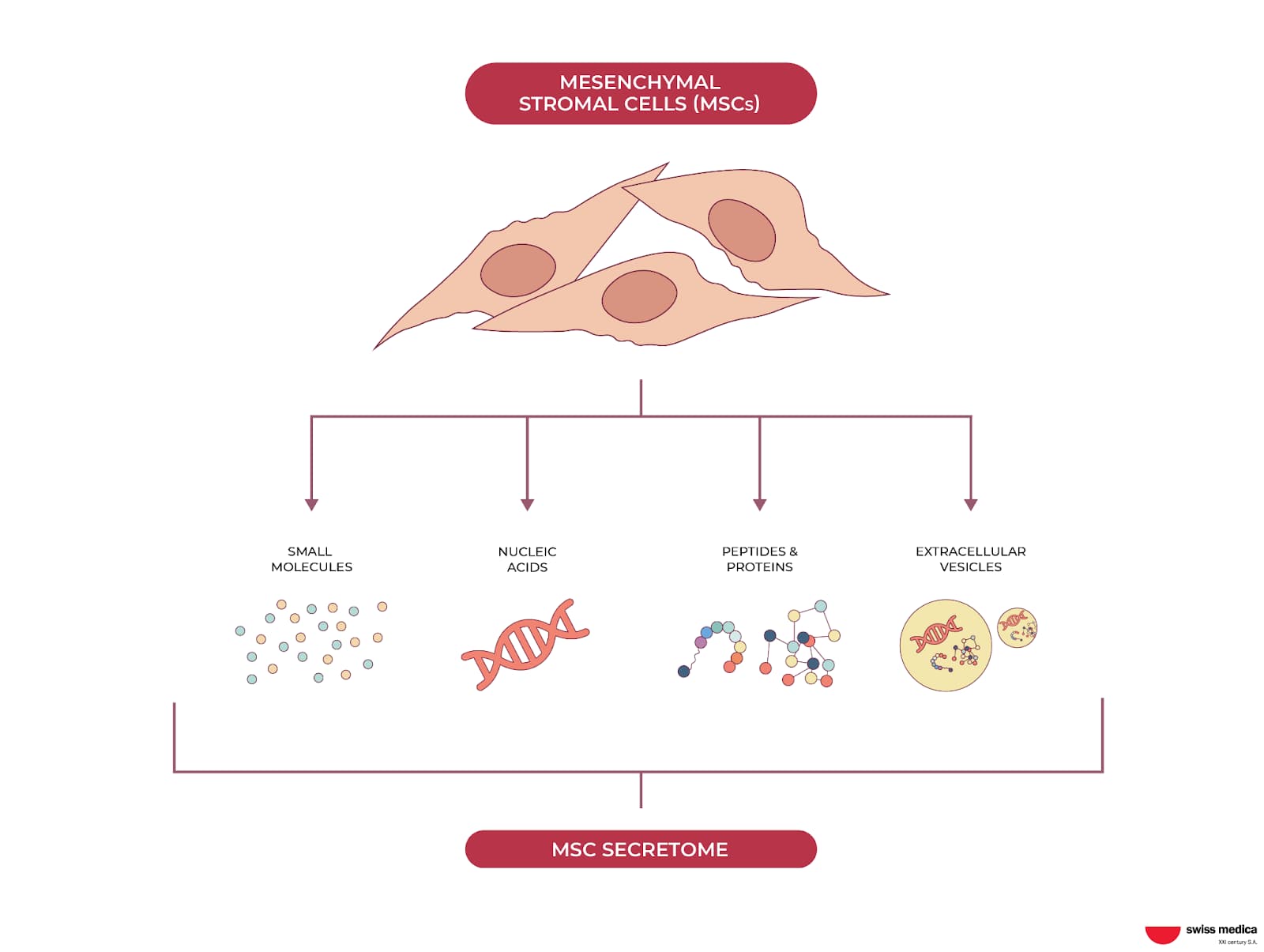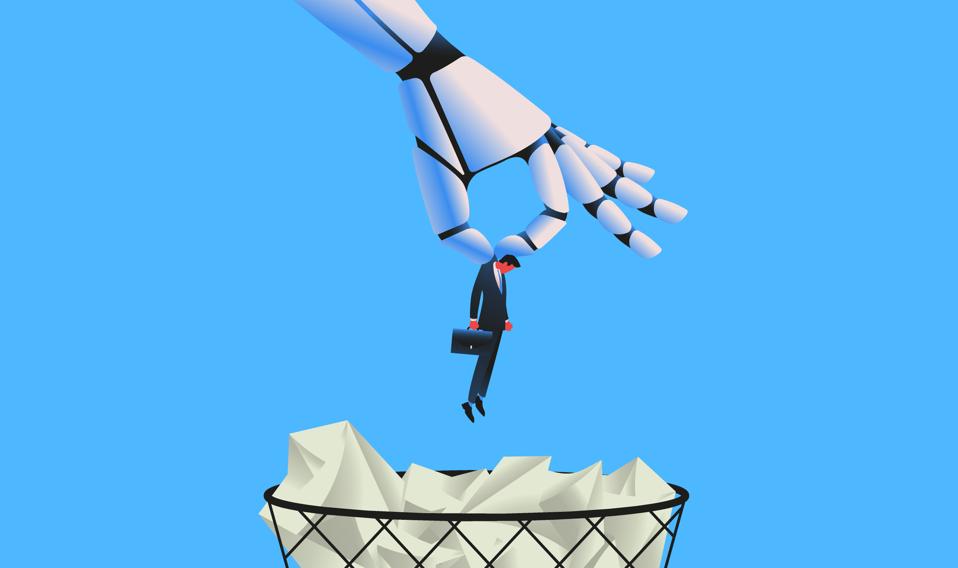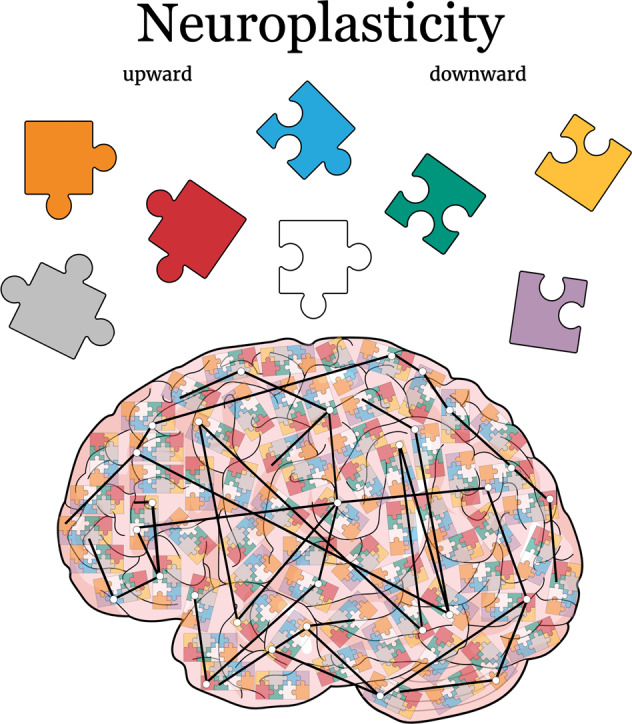Calculating the kinetic energy of a fast-moving vehicle is effective because that measurement has a limit: it cannot go below zero. The same principle applies to the momentum of a subatomic particle. Mathematicians characterize these physical properties using nonnegative selfadjoint operators, and for many years, a significant theorem governing them has been rendered ineffective whenever […]
Read More